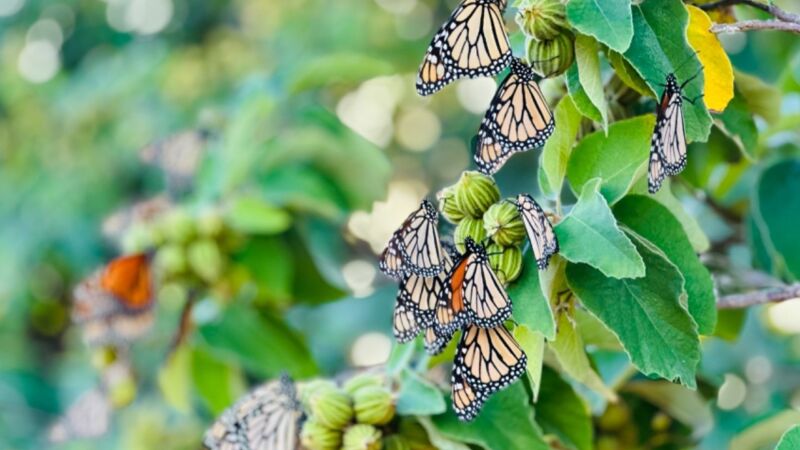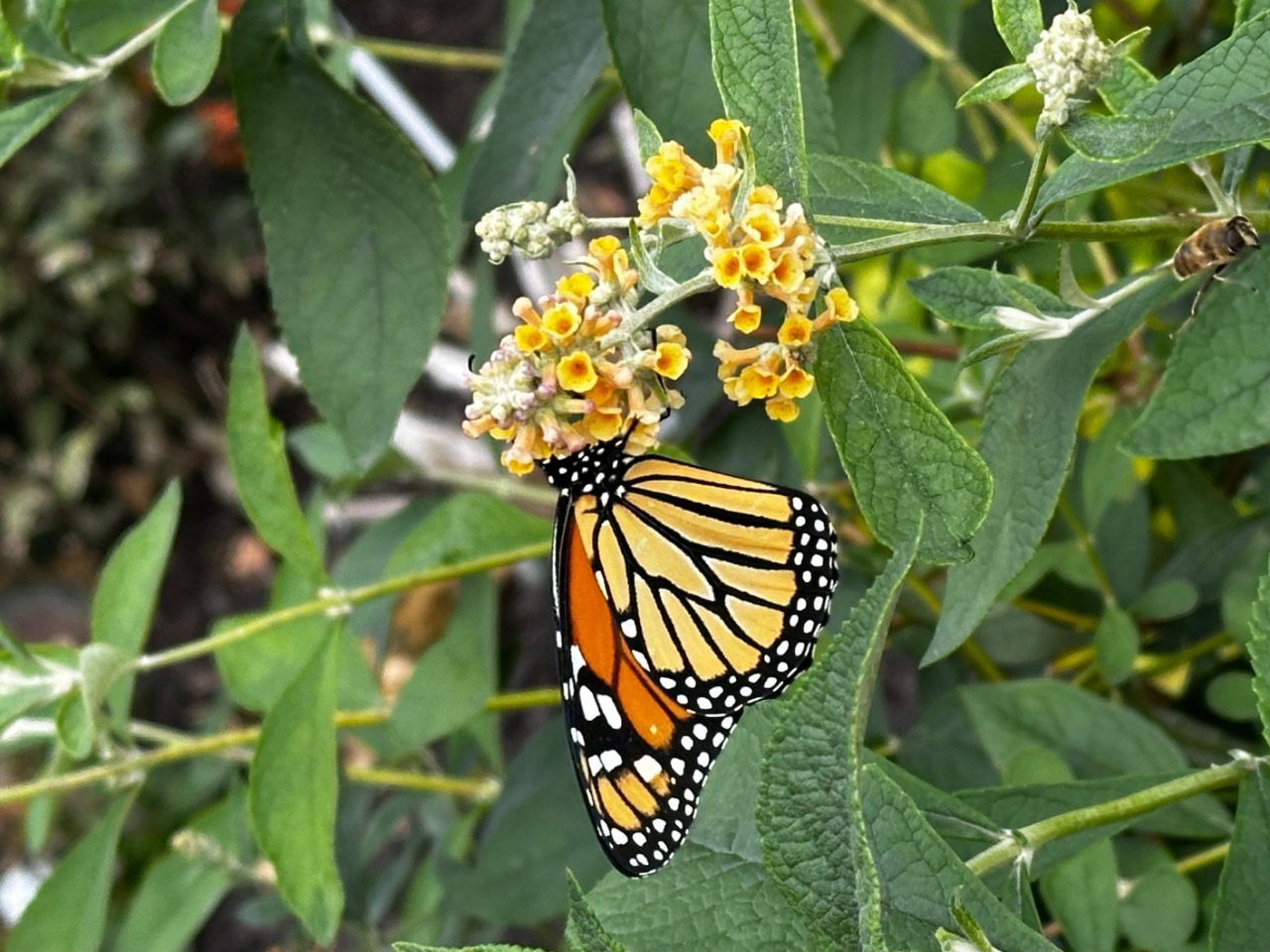
By Dr. Karen Oberhauser
A month ago, the southernmost roost sites reported by Journey North volunteers were in Oklahoma. By the end of October, the leading edge of the migration has moved well into Mexico, with one sighting of 16 monarchs in the State of Guanajuato, the state just north of Michoacán, where many overwintering sites are found.

However, the main part of the leading edge is near Saltillo in the State of Coahuila. Based on these locations, the very first monarchs should begin arriving at their winter homes within a few days, right on time (they usually begin arriving around the Mexican Day of the Dead holiday), while larger numbers will be a week or so behind.
Note that the migration is very spread out at this point, with roosts and monarchs occurring much farther north than the leading edge. This is not uncommon; non-migratory monarch adults live and reproduce for about a month. Monarchs that emerge after about Aug. 15 in most of the northern breeding range, for the most part, emerge in reproductive diapause (putting off reproduction until next spring) and migrate to Mexico.

However, those that emerge before mid-August will lay eggs over the course of their month-long lifespan. So reproductive females (some that were born here and some from farther north) were laying eggs in northern states until about mid-September. Because these late eggs are exposed to cool conditions, they take longer to develop and emerge as adults well into October. In some years, few of these late monarchs survive, but some will make it to Mexico, forming later roosts along the flyway.
Journey North observers provide a front row seat to this unfolding spectacle! While roosting monarchs provide the showy main act, reports of single monarchs behind the scenes (hidden by the more numerous reports of summer monarchs on the “Monarch Adult Sighted" page) illustrate the complexity of monarchs’ amazing annual migratory cycle.
Thanks to everyone who is helping to document an incredible natural phenomenon, through Journey North, the Monarch Larva Monitoring Project, and many other programs linked on the Monarch Joint Venture website.
If you’d like to help monarchs, one of the best things you can do is provide habitat for them. Check out the MJV website for great advice on how to do this, and learn more from this webinar series with exciting speakers every month, on topics ranging from fascinating biology to practical conservation tips.
Top image: Tracy on North Padre Island, Texas, via Journey North
